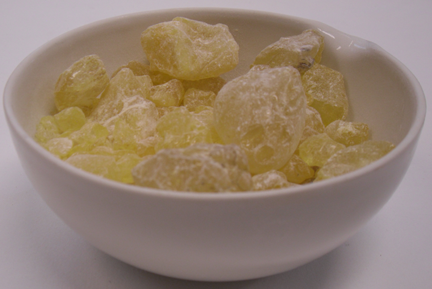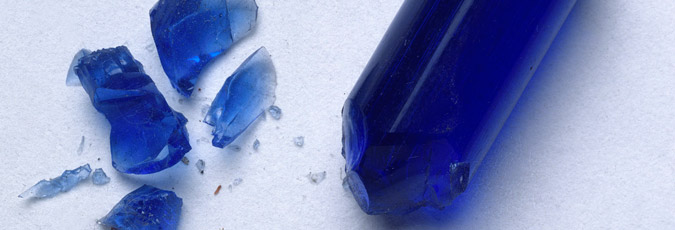The cleaning of a painting
This painting is an example of Rembrandt creating a portrait of a personal nature. The sitter is believed to be Hendrickje Stoffels who first entered Rembrandt’s household as a domestic servant. She quickly became his mistress and bore him a child, in addition to providing an inspiration for many of his artworks from this period.
The Conservation Department at the National Gallery is responsible for assessing the condition of the artworks and for their cleaning and restoration. When this painting first arrived in the National Gallery’s collection in 1976 it was covered in a thick varnish that had become yellow as it aged.

(a) The ageing of varnish
A varnish is often applied to the surface of paintings to improve their appearance. It can bring out the colours of the pigments more intensely (improve the saturation). It also provides a protective layer on the painting.
The traditional varnishes used by artists and conservators are made from natural resins, obtained from certain types of trees. These resins are dissolved in a solvent, which then evaporates so that a clear film is formed on the surface of the painting.

These varnishes can be chemically altered over time by reactions involving oxygen from the air and light (photo-oxidation). These reactions can cause the surface varnish to become yellow or cloudy, obscuring our reading of the paint underneath. These surface layers may also attract dirt from the atmosphere or become brittle and crack, making their removal even more necessary.
(b) The importance of solubility
When the resin molecules react with the oxygen in the air, they become more polar. To remove the varnish layer, conservators must use a solvent (or mixture of solvents) of a similar polarity to the aged varnish. They can then carefully dissolve the varnish layer, removing or reducing it without disturbing the paint layers beneath.

In order to ensure that the varnish layers can be removed safely, it is helpful to identify the materials present in both the varnish and paint layers. This can be done by analysing a minute sample using techniques such as gas chromatography‒mass spectrometry (GC‒MS) or Fourier transform infrared (FTIR) spectroscopy.
In this example, a mixture of solvents was chosen that would affect the varnish but not the paint so that the old yellow varnish could be safely removed. Additionally, solvents sometimes are used with gels to provide further control of their action upon the varnish layers.

Curriculum links:
Chemical Properties of Materials (polarity / solubility); Chemical reactions (oxidation and yellowing; increase in polarity upon ageing); Analysis (FTIR; GC-MS); Physical Properties of materials (brittleness upon ageing)
Additional material:
Watch a National Gallery conservator retouching a famous painting by Leonardo da Vinci:


